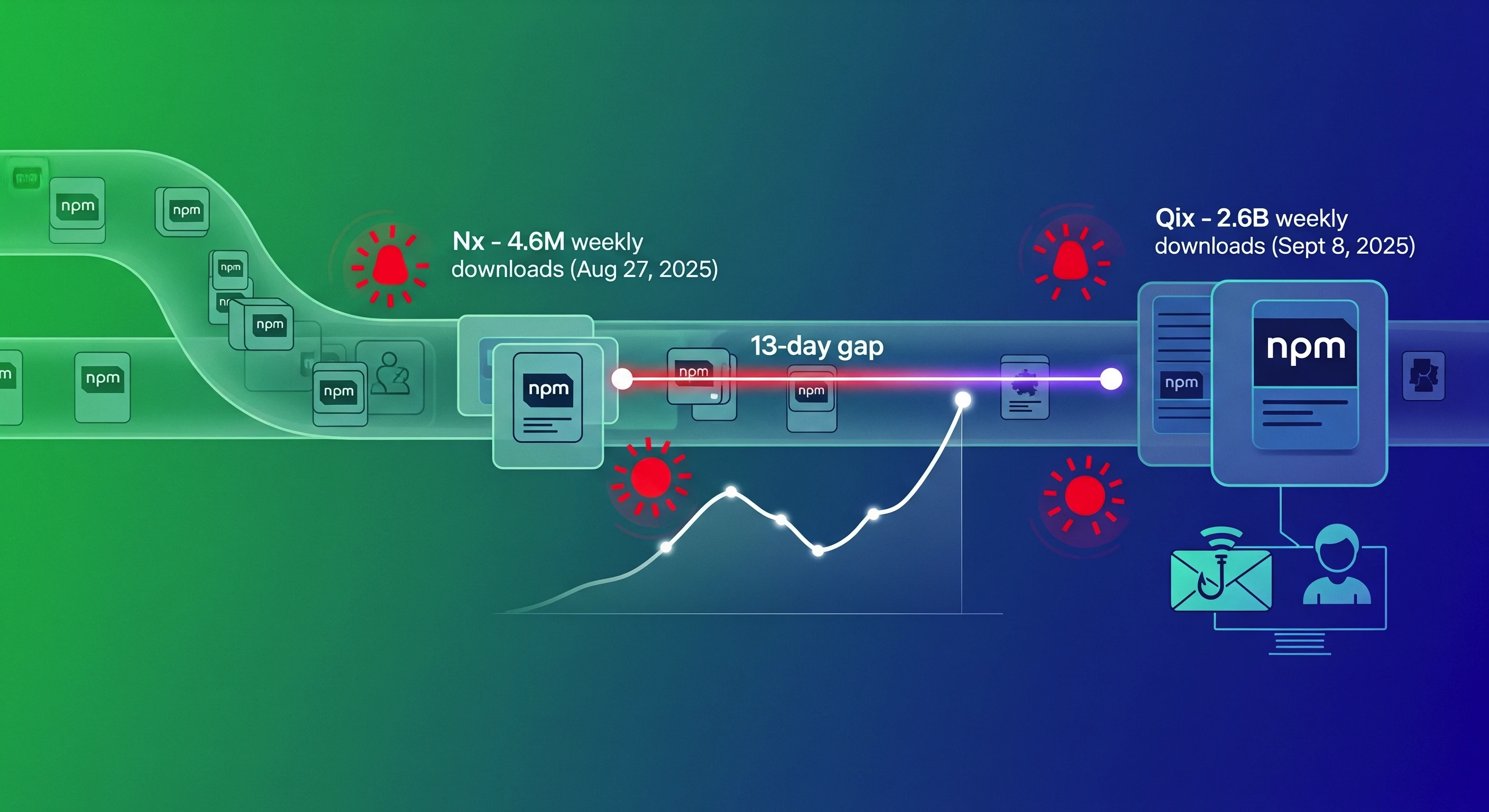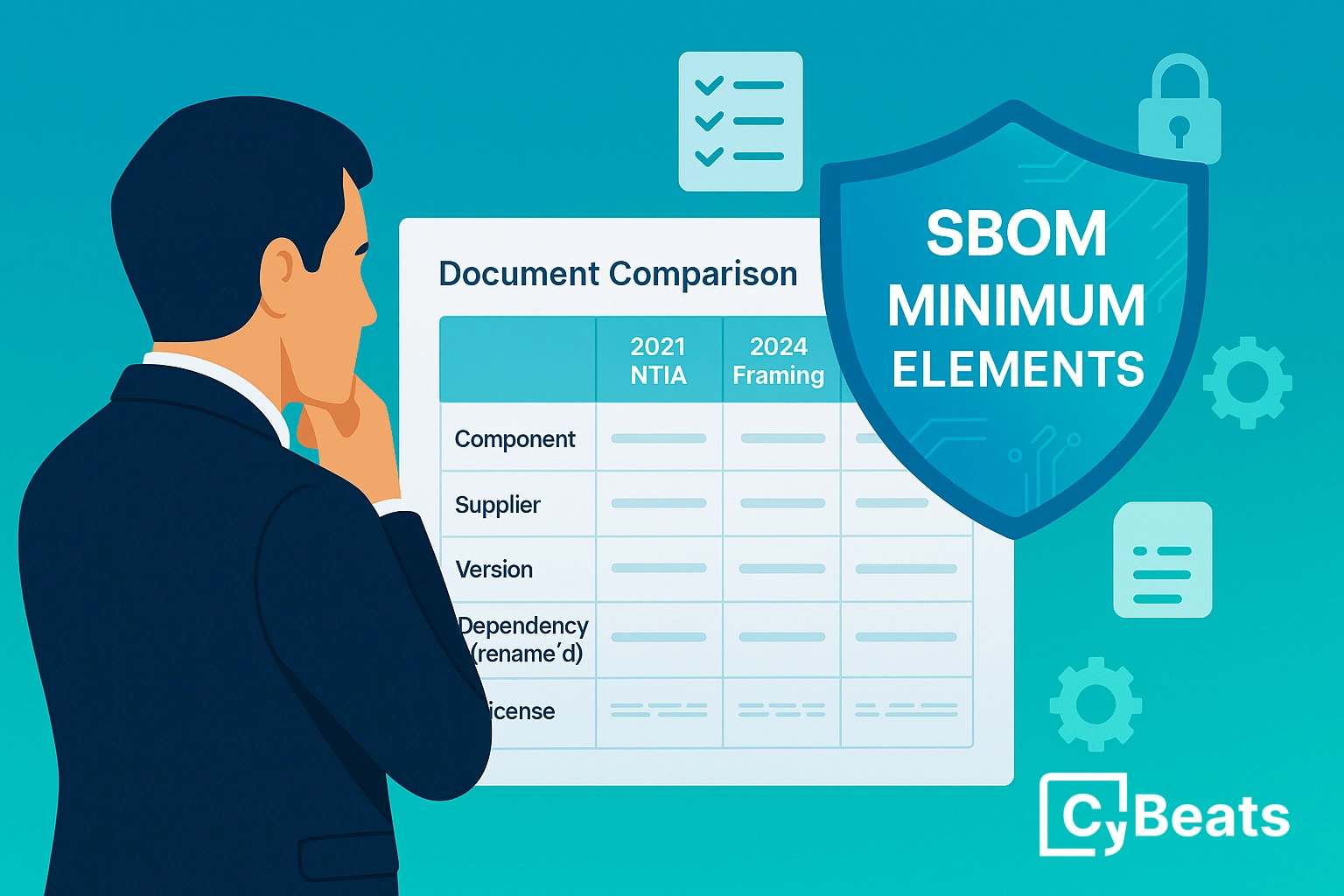Unlocking the Potential: How SBOM Practices Revolutionize Tech Industries
.webp)
Following the SolarWinds compromise, the focus on the Software Bill of Materials (SBOM) has surged remarkably. In the tech ecosystem, the SBOM offers a comprehensive overview of software components present within a system, facilitating effective management and security practices. By cataloging software elements' origins, dependencies, and relationships, an SBOM enables organizations to swiftly respond to security vulnerabilities, manage updates, and comply with regulatory requirements. Yet, comprehending technology's origins, components, and whereabouts isn't novel, and extends across multiple technological domains.
In the ever-evolving landscape of cybersecurity and emerging technologies, one fundamental principle remains constant: understanding the origins and composition of software components is key to safeguarding our digital realm. Nowhere is this more evident than in the field of quantum computing, where a robust grasp of the algorithms in play and how they are deployed is absolutely essential as we gear up to embrace post-quantum secure algorithms.
This imperative neatly aligns with Pillar 4 of the National Cybersecurity Implementation Plan, underscoring the paramount importance of transparency and accountability in our journey through the tech frontier. Drawing a parallel to the Log4J incident, where comprehending software components and their sources was pivotal in identifying vulnerabilities, a clear understanding of cryptographic practices within an organization is equally critical. Enter the Cryptography Bill of Material (CBOM) concept, a tool that facilitates this understanding by shedding light on the cryptographic assets at play.
As federal systems prepare for the transition to post-quantum cryptography, they await forthcoming guidance from the National Institute of Standards and Technology (NIST), which is actively revising the Federal Information Processing Standards (FIPS) for post-quantum computing cryptographic algorithms. However, before this transformation can take place, organizations must embark on the crucial task of identifying their existing algorithms and their deployment locations, ensuring a seamless and secure transition into the quantum-secure era.
Similarly, in the realm of artificial intelligence, ensuring transparency regarding data sources, model architecture, and testing methods is imperative for the responsible and ethical deployment of AI systems. The concept of SBOM encompasses these essential requirements, advocating for well-informed decision-making and a comprehensive understanding that spans across technological frontiers. In the age of AI integration, the importance of transparency becomes even more pronounced. Just as an SBOM provides insights into software components, comprehending AI necessitates transparency in its development process.
Notably, SPDX 3.0, with significant advancements led by Kate Stuart and her team, is pioneering support for AI SBOMs, marking a milestone in enhancing transparency within the AI ecosystem. Companies must gain insight into the original purpose of AI models, the training data they were exposed to, the model's architecture, and the methods used for testing. This level of understanding is crucial for optimizing performance and addressing ethical considerations and potential biases, and SPDX 3.0 is at the forefront of these efforts.
The SBOM embodies a forward-thinking approach to technological advancement. As companies navigate the complexities of quantum computing, AI, and beyond, the foundational principles of transparency, traceability, and informed decision-making advocated by the SBOM remain paramount. This triad forms the bedrock of responsible and effective governance across various domains. It is especially vital in areas like healthcare, finance, governance, and technology, where decisions can have far-reaching consequences. Embracing SBOM-like practices guarantees robust digital infrastructure, fortifies stakeholder trust, and readies companies' success in a technology-driven future marked by accountability and adaptability.
.png)
.svg)
See Cybeats Security Platform in Action Today
We shortened our vulnerability review timeframe from a day to under an hour. It is our go-to tool and we now know where to focus our limited security resources next.
.svg)

SBOM Studio saves us approximately 500 hours per project on vulnerability analysis and prioritization for open-source projects.
.svg)


.svg)
.svg)












